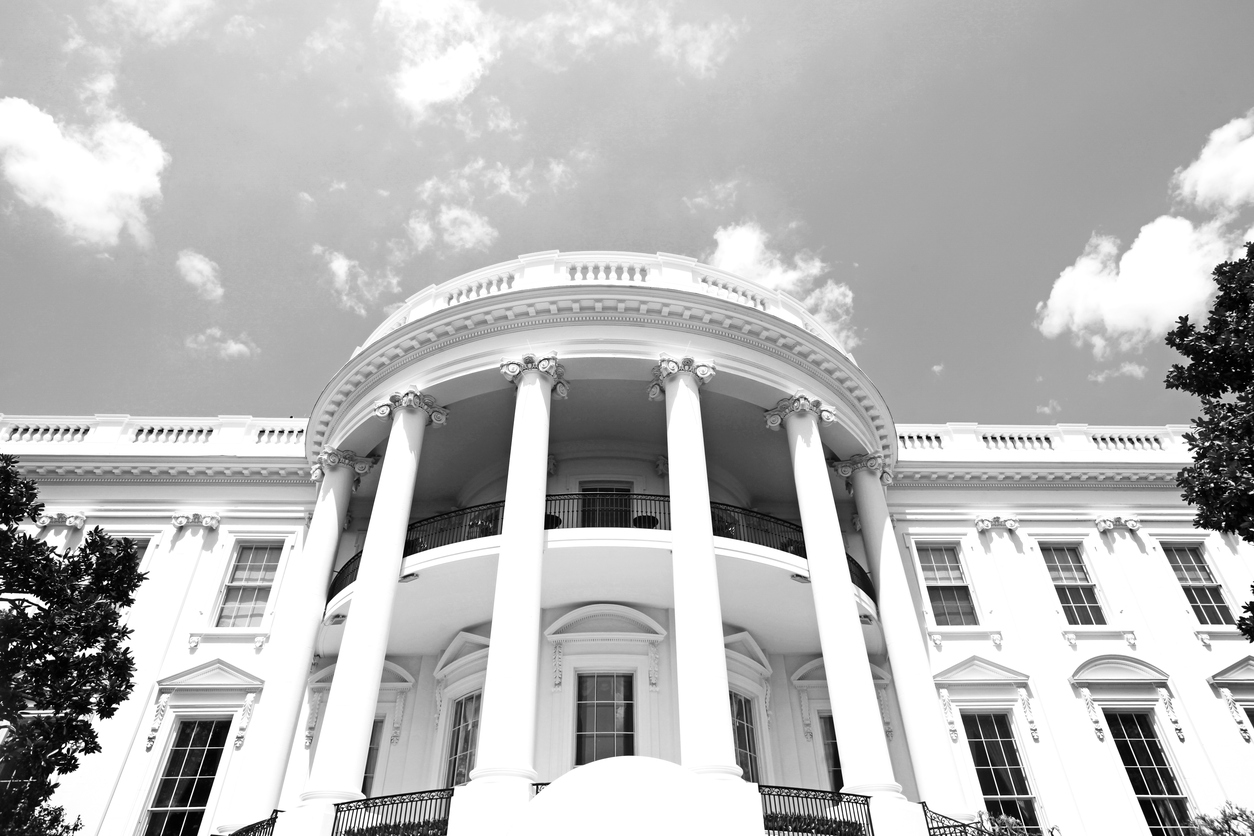3 min read
The Trump Era: Potential Shifts in the Anti-Money Laundering Sphere
![]() Sabeen Baakza
:
December 01, 2016
Sabeen Baakza
:
December 01, 2016

At the onset of a new administration piloted by President-Elect Donald Trump, propelled by the potential of financial deregulation and anticipated changes in the international regulatory framework, the anti-money laundering (“AML”) infrastructure hangs in the balance.
Will the Joint Comprehensive Plan of Action (“JCPOA”) be disbanded by Trump, with a reversion back to stringent sanctions on financial dealings with Iran, mitigating AML risks associated with the well-known terrorism financing haven? Will we experience a deregulation in sanctions against Russia, as Trump attempts to remediate relations with Russia? Will Trump’s plan to construct a barrier between the U.S. and Mexico in an effort to curb immigration engender new money laundering concerns? These are just a few facets you may want to explore in a preemptive effort to mitigate future risk and bolster your AML strategy and program.
The JCPOA was implemented in January 2016 after Iran agreed to effectuate its primary nuclear-related measures in an effort to maintain a peaceful nuclear agenda. Subsequently, the U.S., through the Office of Foreign Assets Control (“OFAC”), lifted numerous sanctions on Iran pertaining to U.S. banks conducting financial transactions with Iran, along with the removal of designated individuals and entities on OFAC’s Specially Designated Nationals and Blocked Persons List (“SDNL”).
It is important to note that since the JCPOA was entered into and implemented by President Barack Obama and his administration, it is very likely that Trump may withdraw U.S. participation in the JCPOA and reinforce the aforementioned lifted sanctions on Iran. What will this mean for your financial institution? The OFAC screening and watch list management (“WLM”) functions of your overall AML program will need to be revamped to ensure more stringent sanctions compliance. And even in so doing, the transformation of U.S. sanctions does not cease here.
Trump’s aspirations to improve U.S. relations with Russia may lead to particular sanctions against Russia being lifted by his administration, including financial sanctions and removal of designated individuals and entities from OFAC’s SDNL and the Sectorial Sanctions Identification List, allowing banks and financial institutions to more freely transact with currently prohibited Russian parties. Again, your WLM functions will need to be transformed to allow for such changes.
In addition to the lifting and/or reinforcement of particular U.S. sanctions against money laundering havens, money laundering vulnerabilities may increase in the arena of Mexican immigration. Trump has been insistent on constructing a wall on the southern U.S. border to curtail immigration that would be funded by Mexico, intending to prevent illegal Mexican immigrants in the U.S. to remit money via wire transfers to their families in Mexico. These remittances account for approximately $24 billion influx into Mexico’s economy, with the funding of the wall serving as a threat to that end.
Have you been wondering how the current AML legislation would allow for such execution? Trump exploits Section 326 of the USA PATRIOT Act (“USAPA”), legislation that was originally enacted and implemented as a counter-terrorism measure. Section 326 of the USAPA lays out the elements of a Customer Identification Program that financial institutions are required to maintain as part of their Know Your Customer (“KYC”) framework within their overall AML compliance program. This provision of the USAPA essentially requires financial institutions to obtain the identity of its customers prior to account opening. Trump proposes that no alien would be permitted to wire money outside the U.S. without first providing documentation of his/her lawful U.S. presence. If this were the case, you can expect a substantial decrease at your institution of individuals and businesses residing outside of the U.S. in maintaining U.S. accounts (outside of Mexican immigrants). Additionally, Mexican immigrants won’t exactly be deterred from sending money to Mexico, Trump’s primary concern.
If the ability to send money via regulated financial channels becomes obliterated, Mexican immigrants will be forced to turn to unregulated channels, exponentially increasing money laundering risks within the U.S. For one, banks and financial institutions may begin to see a steady increase of bulk cash transactions within the accounts maintained by Mexican immigrants. We may also begin to see more money being driven through unregulated channels underground. Hawalas, alternative remittance systems utilized outside of traditional banking and/or financial channels, may become more common, making it more difficult for law enforcement to track money transfers that could potentially include proceeds of drug-related and other crimes. This would essentially serve to do exactly the opposite of Trump’s intentions to eradicate money laundering associated with Mexican immigrants, as it would actually provide immigrants with a more anonymous means to launder large amounts of money and escape detection.
It is critical for your financial institution to remain apprised of the changing AML landscape in the face of a very different administration, which may consist of both financial deregulation and simultaneously more stringent AML measures than those currently in place. As the most recent AML legislation impacting financial institutions, the USAPA, has primarily remained unchanged since 2001, it is highly likely that Trump may introduce numerous changes that will force you to rethink your preexisting AML strategy in order to avert the facilitation of money laundering through your financial institution.

